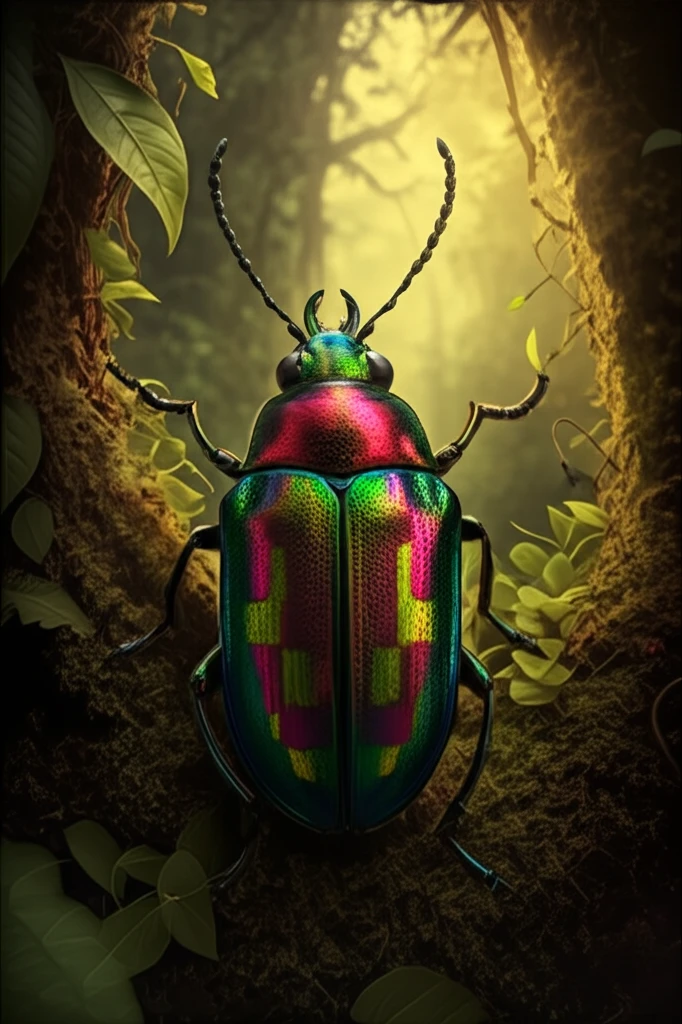
Unveiling the Camouflage: A New Jewel Beetle Species Discovered
"Deep in the forests of Cameroon, scientists have identified a unique Agrilus beetle, adding another piece to the puzzle of global biodiversity."
The world of entomology is ever-evolving, with new species constantly being discovered, challenging existing classifications and broadening our understanding of the natural world. One such recent discovery involves a striking new species of jewel beetle from the heart of Cameroon, named Agrilus scottoi.
This jewel beetle belongs to the family Buprestidae, known for its members' vibrant, metallic colors and intricate patterns. Agrilus beetles, in particular, are a diverse group, and identifying new species within this genus requires careful examination and comparison with existing classifications. The discovery of Agrilus scottoi not only enriches our knowledge of insect biodiversity but also raises interesting questions about its evolutionary relationships and ecological role.
The identification and classification of this new species were conducted by entomologists Gianfranco Curletti and Angelo Dutto, whose meticulous work sheds light on the distinctive features that set Agrilus scottoi apart. This article will delve into the details of this discovery, highlighting the key characteristics of the beetle, the challenges in classifying it, and the broader implications for biodiversity research.
Deciphering the Distinguishing Features of Agrilus scottoi

Agrilus scottoi exhibits a unique combination of traits that prompted its classification as a new species. The beetle measures approximately 10.3 mm in length and features a predominantly black dorsal surface adorned with distinctive yellow spots on its pronotum, elytra, and lateroterga. These spots create a striking contrast against the dark background, adding to the beetle's visual appeal.
- Black dorsal surface with yellow spots
- Long, pointed process on the last visible tergite
- Elytral spots and apical spines
- Metallic gold legs
The Broader Significance of Biodiversity Discoveries
The discovery of Agrilus scottoi underscores the critical importance of ongoing biodiversity research, particularly in under-explored regions like Cameroon. Identifying and classifying new species not only expands our scientific knowledge but also informs conservation efforts. Each species plays a unique role in its ecosystem, and understanding these roles is essential for maintaining ecological balance and resilience.
